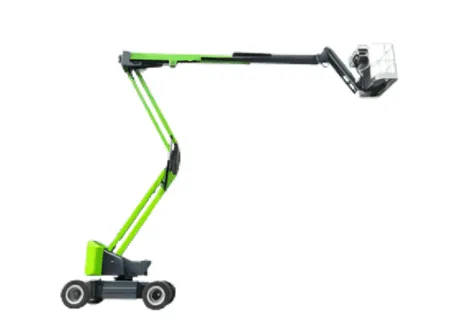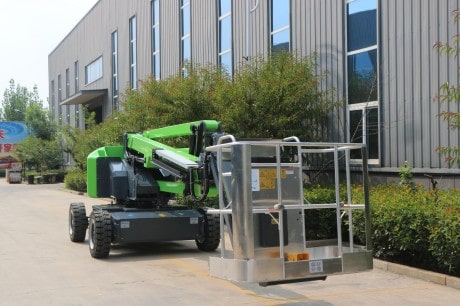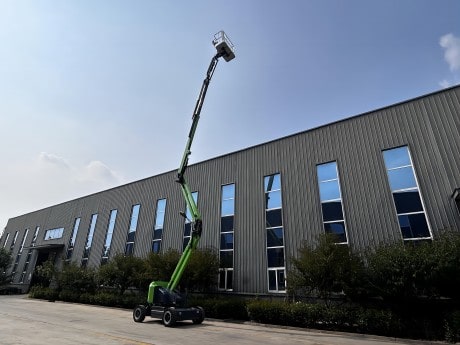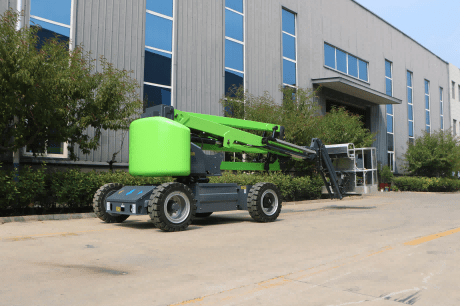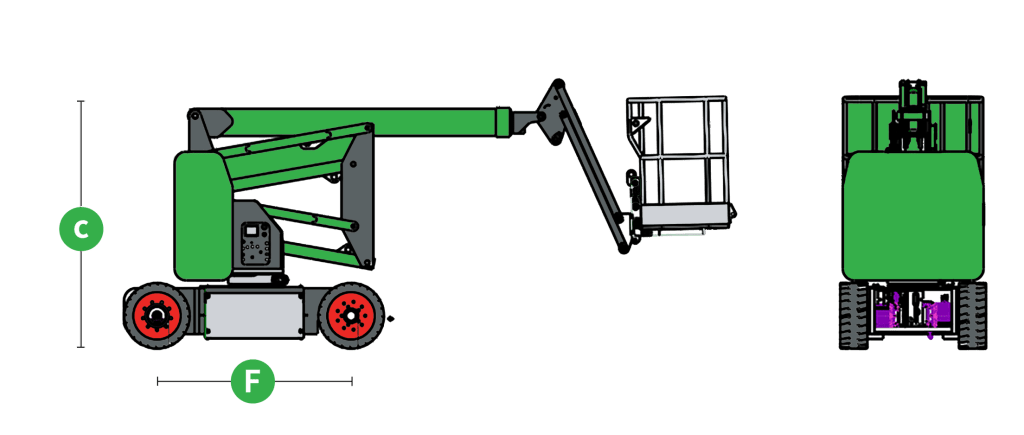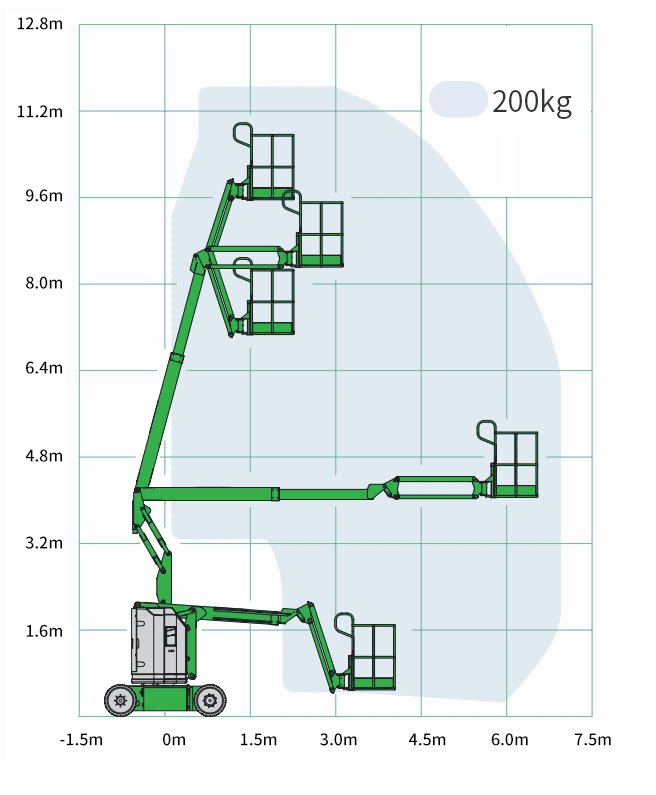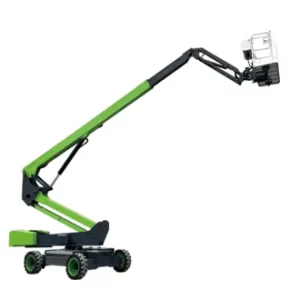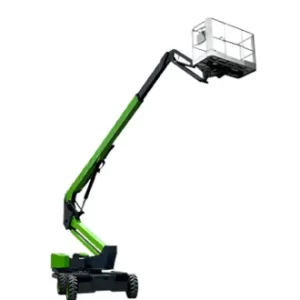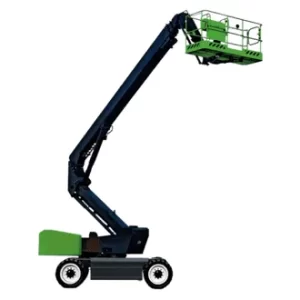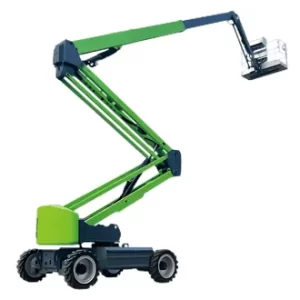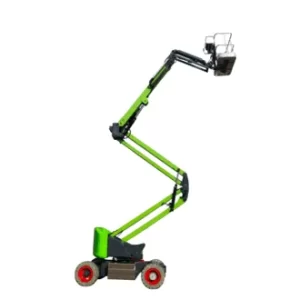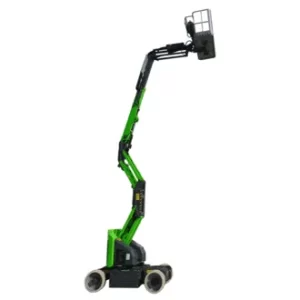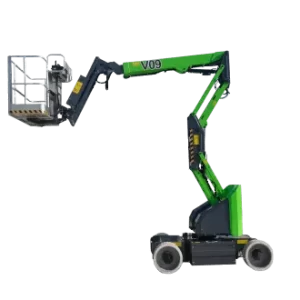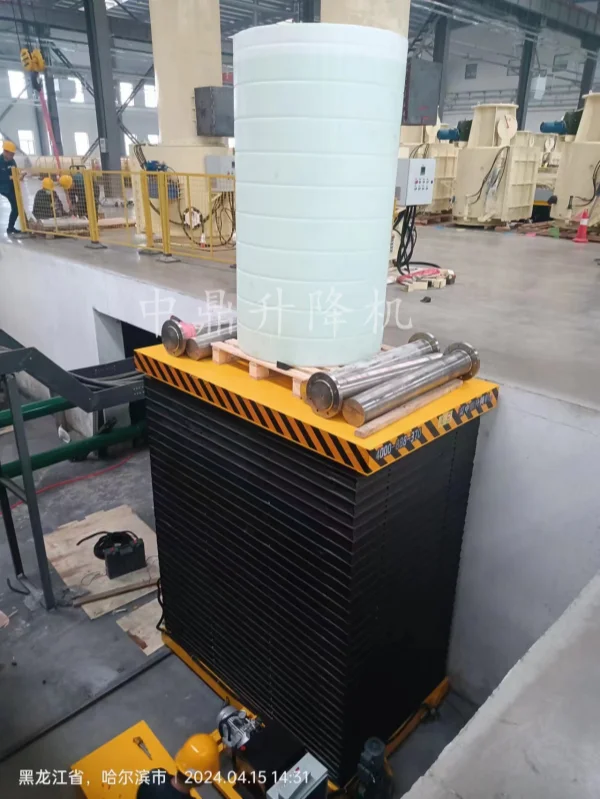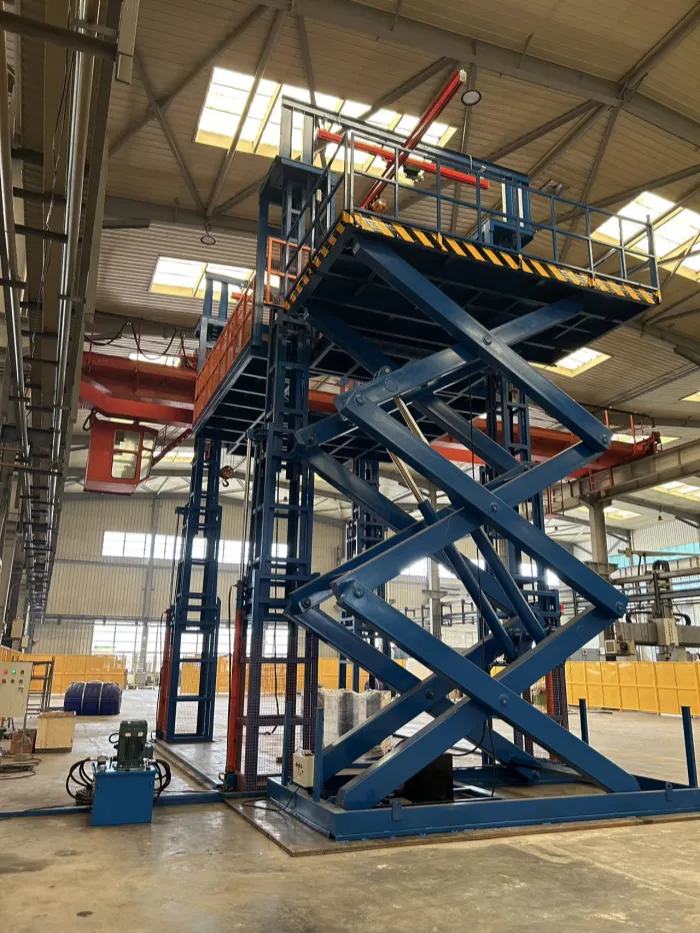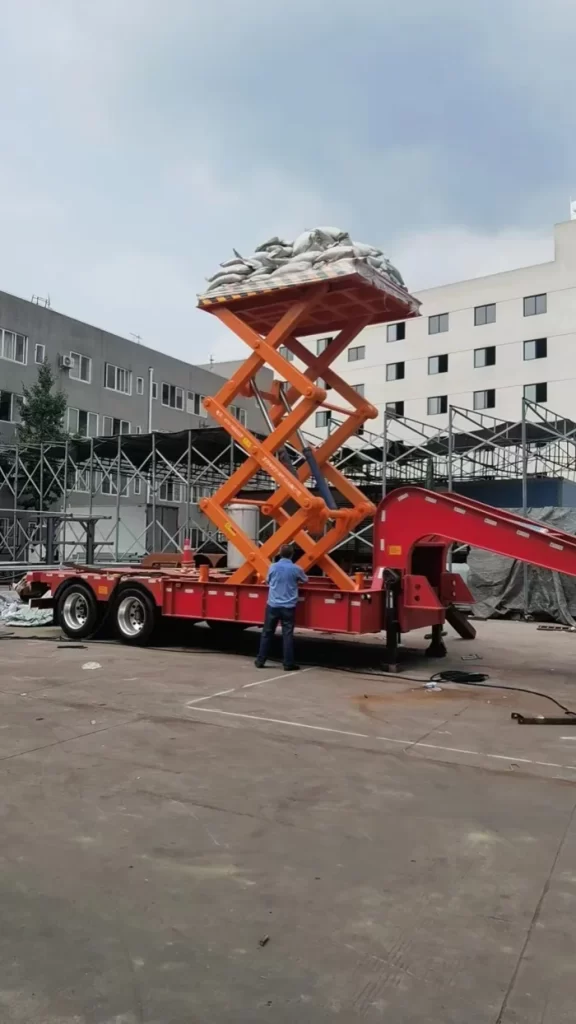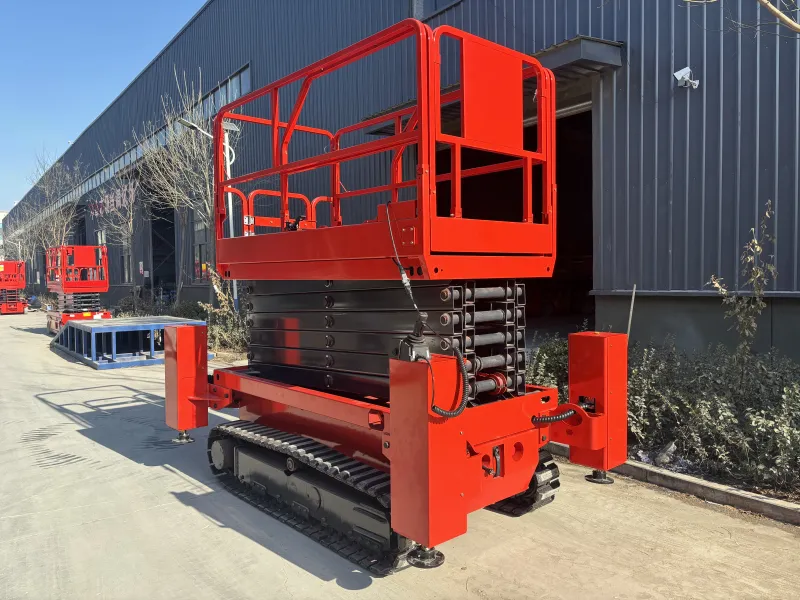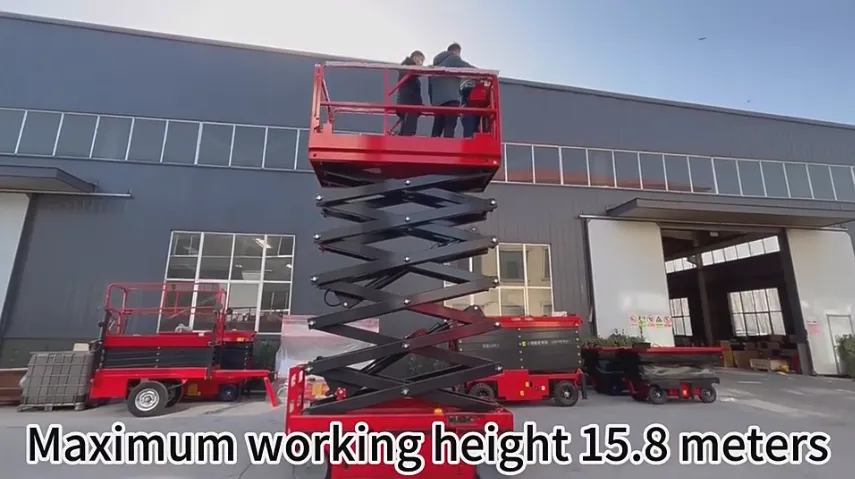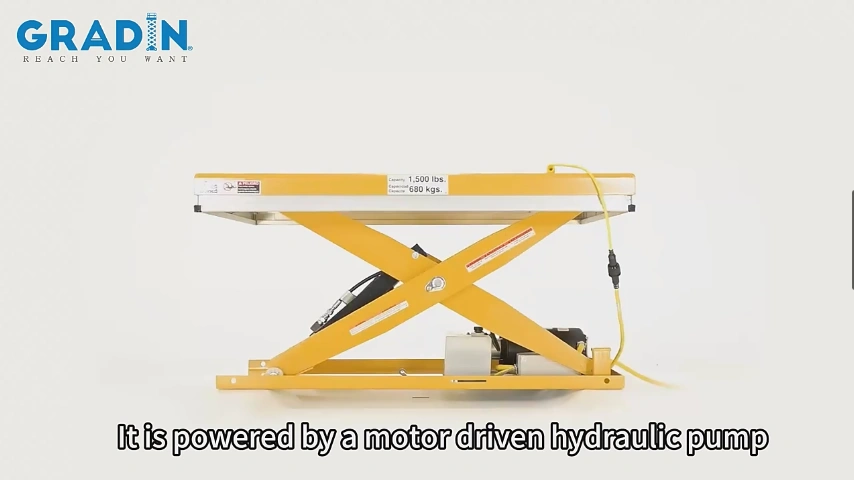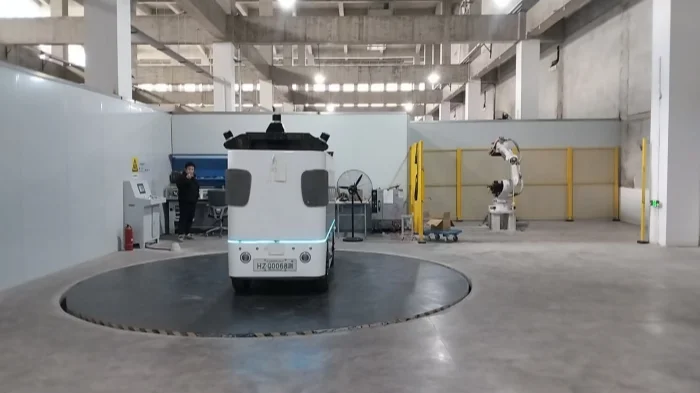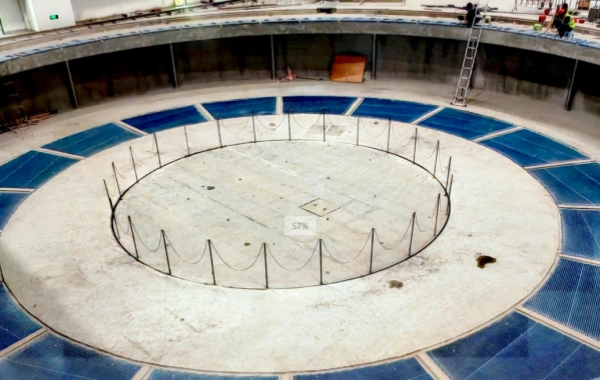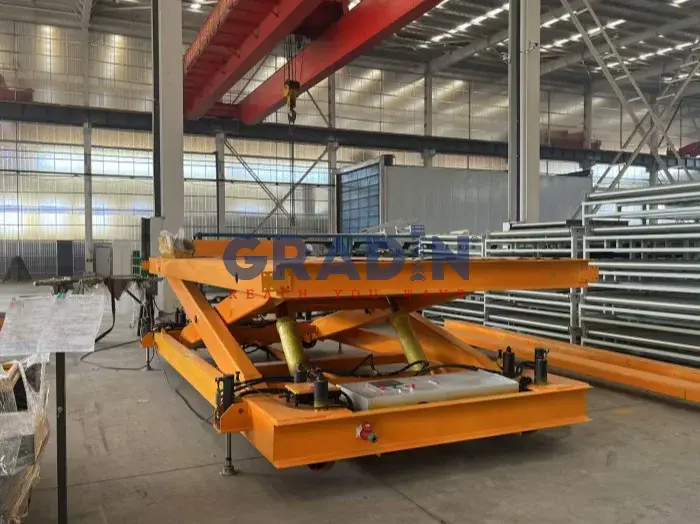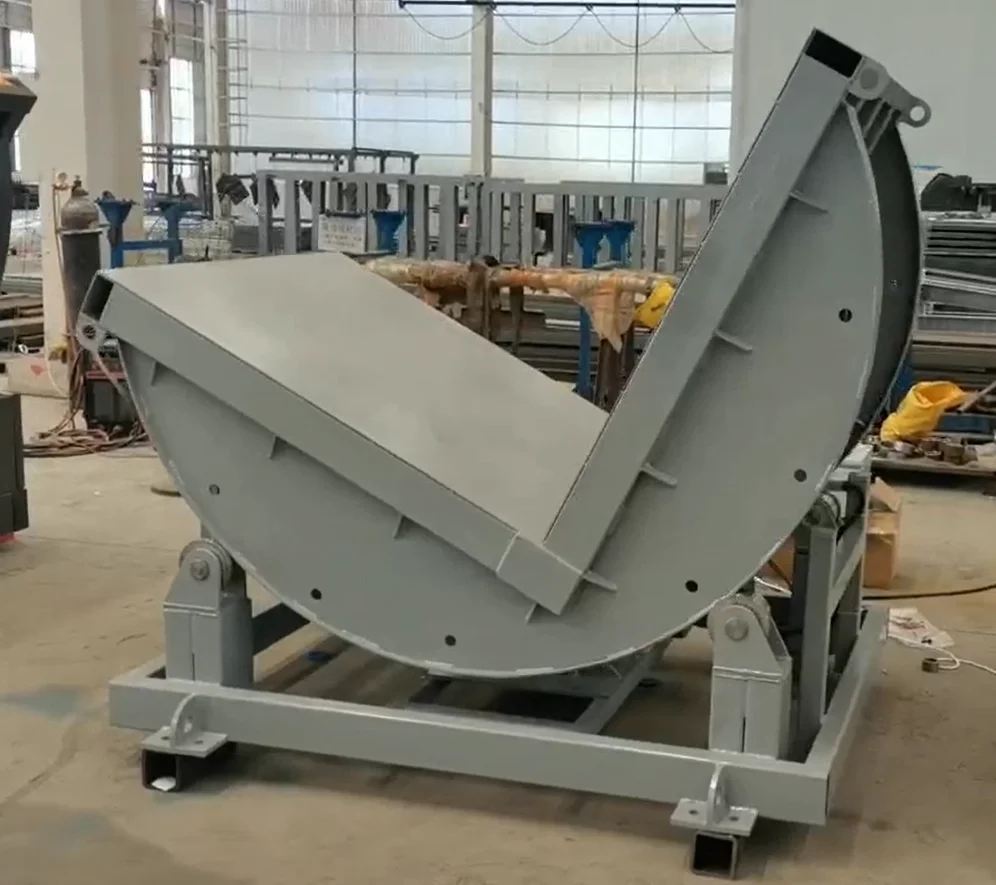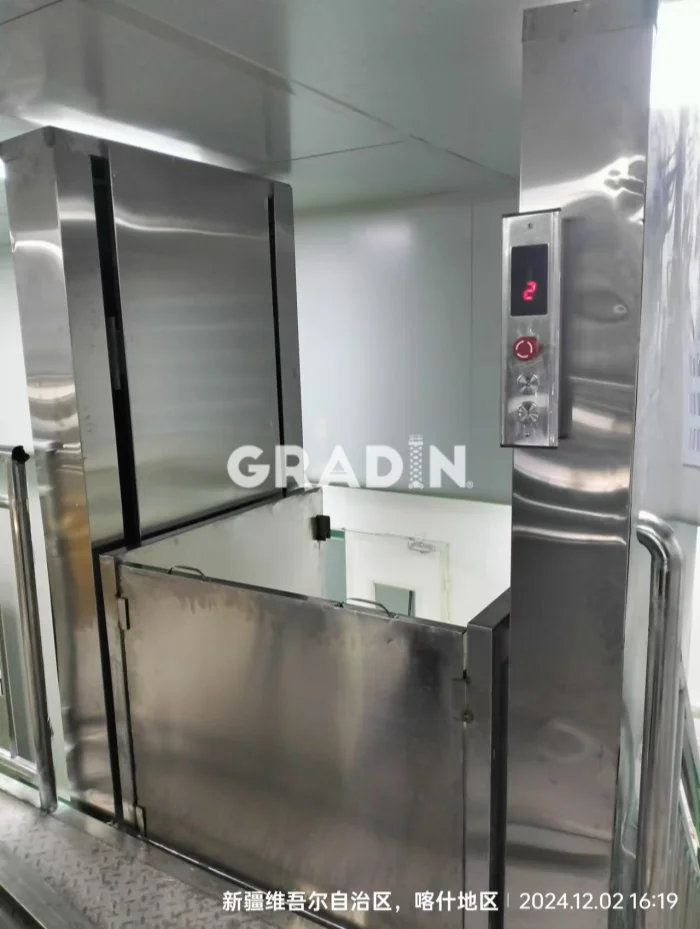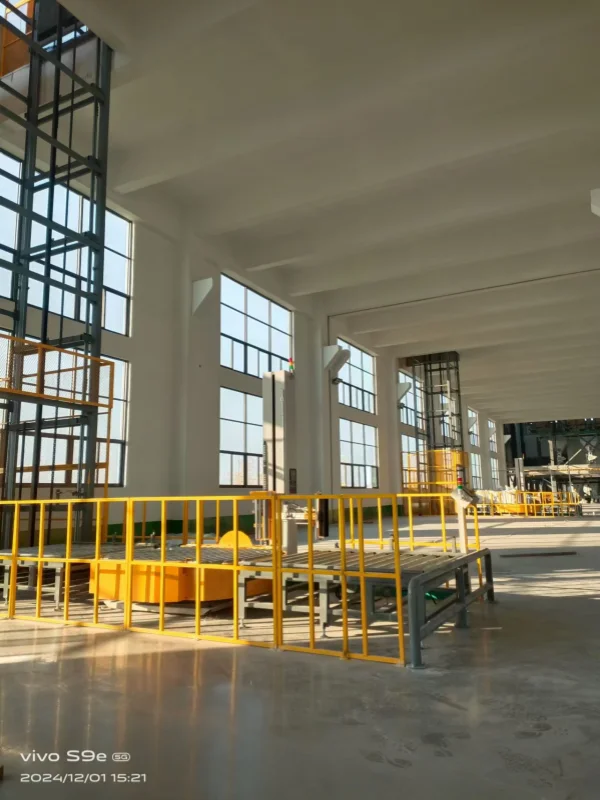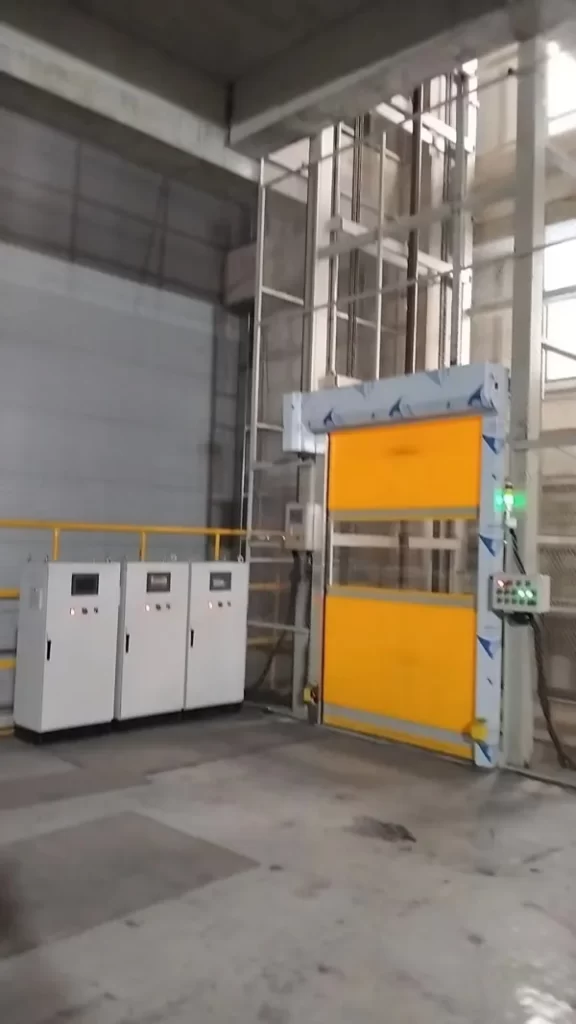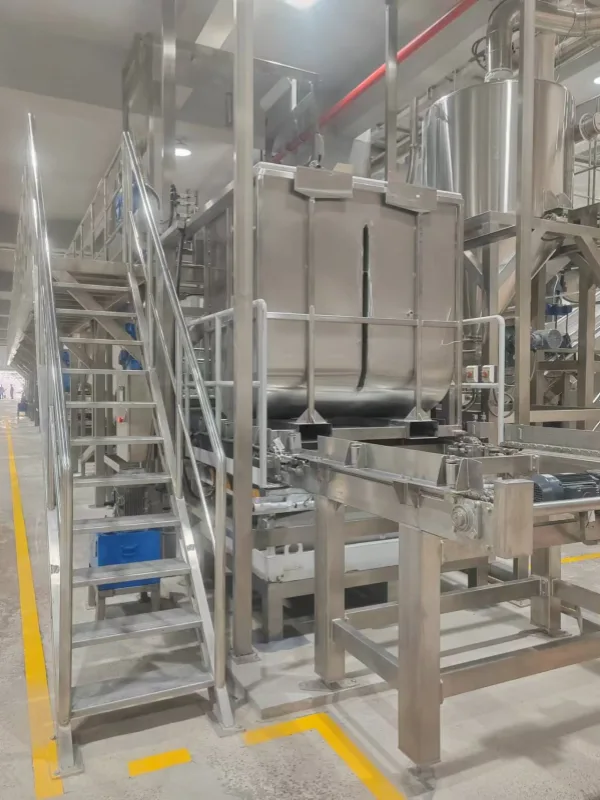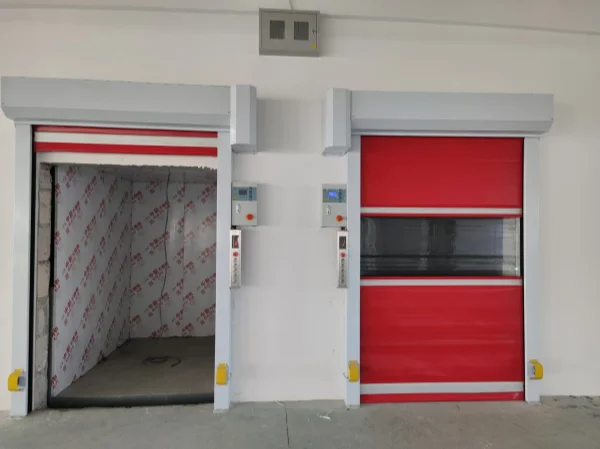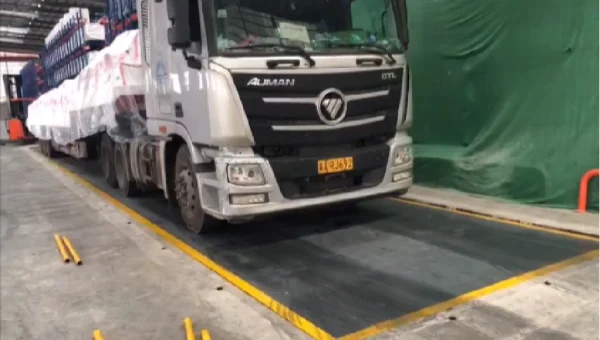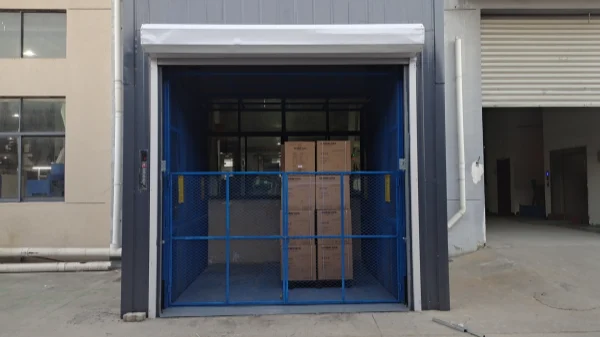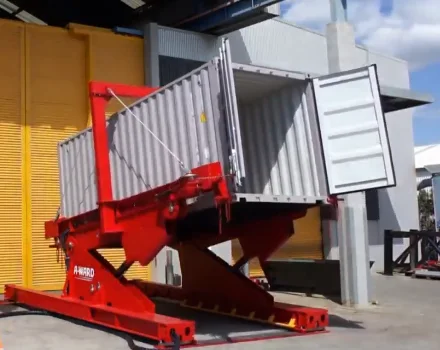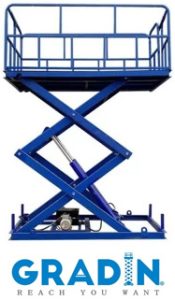16m Electric Articulating Boom Lifts
15.7m, 230kg, Compact in structure, Flexible in extension, Easy to use
Our G-V16 Articulating Boom Lifts are the perfect solution for your mid-height aerial work needs. With a maximum working height of 17.7 meters, they excel in various applications such as construction, decoration, telecommunications, advertisement placement, and airport maintenance. This versatile and reliable lift offers superior performance and safety features, making it an excellent choice for professionals. Browse the specifications below to discover the impressive capabilities of the G-V16 Articulating Boom Lift.
Models & Specs
| Specifications | |
| Max. Working height | 17.7m |
| Max. Platform height | 15.7m |
| Max. up and over clearance | 7.3m |
| Max. Working radius | 8.9m |
| Ⓐ Platform width | 0.76m |
| Ⓑ Platform length | 1.4m |
| Ⓒ Height – stowed | 2.0m |
| Ⓓ Length – stowed | 7.2m |
| Ⓔ Width | 1.9m |
| Ⓕ Wheelbase | 2.0m |
| Ground clearance – center | 0.25m |
| Productivity | |
| Max. Lift capacity | 230kg |
| Number of platform occupants | 2 |
| Platform rotation | ±80° |
| Turntable rotation | 355° |
| Vertical jib rotation (up/down) | ±70° |
| Drive speed – stowed | 5.1km/h |
| Gradeability – stowed | 30% |
| Max. Working angle (Tilt sensor activation) | 3° |
| Turning radius (outside) | 3.45m |
| Drive and steer | 2×2 |
| Weight | 6630kg |
| Power | |
| Battery | 48V/320Ah |
| Control voltage | 24V |
| Pump motor | 4kw |
| Drive motor | 3.3kw |
Features

The product is lightweight and energy-saving, and has compact design with excellent battery life.

Σ-shaped boom with compact structure and flexible extension can realize vertical lifting and horizontal extension, and has strong obstacle-surpassing ability.

160° rotatable platform provides a larger working range, while the narrow turntable with compact layout improves work efficiency.

The platform control panel is PG and Bosch Rexroth brand, which is the same as the ground control. User-friendly design with safety factors considered ensures a reliable work performance.

International brand drag chain of the telescopic jib provides safety protection and guiding capabilities for the cables inside the booms and prolongs the service life of the cables.

Equipped with solid tires, skid-proof and explosion-proof with longer lifetime, providing a stable and labor-saving operation.
Videos
Diagram
Other Boom Lifts
FAQ
Custom Options
Customize Your Lifts
Specifically sized, configured, mobile, high-cycle, or automated – when you need a lift to perform a specific function, we have the materials, components, and design techniques to produce a one-of-a-kind lifting solution for your application.
Lift Product Videos
Customized Cases
Autonomous Vehicle Testing Calibration Rotating Platform
Scissor-Style 316L Stainless Steel Underwater Lifting Platform
Efficient and Stable Hydraulic Lift for Loading and Unloading Challenges in the Tobacco Industry
3-Ton Chain Flip Machine For Double Screw Pump
304 Stainless Steel Cargo Lift for Pharmaceutical Raw Material Handling
Reciprocating Lift Designed for Transporting Cat Litter
Efficient Vertical Reciprocating Lift: Tailored Solution for Bulk Transport in the Lithium Battery Industry
316 Stainless Steel Lift Platform: Automated Transport Solution for Breweries
Automated Goods Lift for Unmanned Warehouses
Lift Platform For Graphite Material Company
Goods Lift For Water Purification Technology Company
Cargo Unloading Platform Flip Plate Equipment
| LIFT CAPACITY | |
|---|---|
| PLATFORM LENGTH | 1 – 3 m |
| PLATFORM WIDTH | ≤ 1 m |
| TRAVEL DISTANCE | > 11 m |

